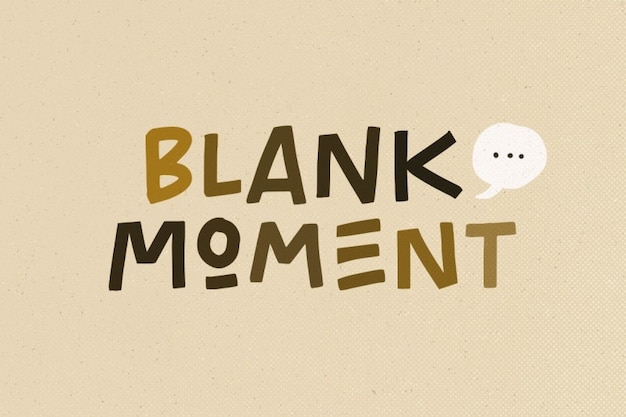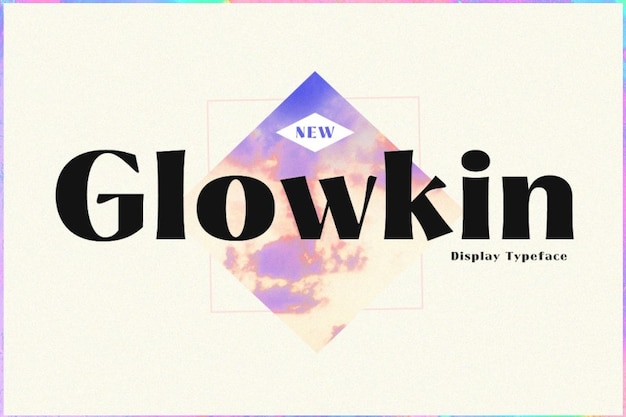June 19th, 1865
General Order No. 3
Celebrating freedom in Texas
June 19th, known as Juneteenth, is a day etched into United States history, remembered for its significance in granting freedom to African Americans. On June 19th, 1865, Union General Gordon Granger arrived in Galveston, Texas, and issued General Order No. 3, which declared that all enslaved people in the state of Texas were free. This announcement came two and a half years after President Abraham Lincoln signed the Emancipation Proclamation on January 1st, 1863. General Order No. 3 contained a powerful message that brought joy and hope to the hearts of those who had been fighting for freedom for themselves and their loved ones. The order proclaimed not only freedom but also that formerly enslaved people would now have the right to own property and work for wages. The name Juneteenth is derived from the combination of June and Nineteenth, representing the day that news finally spread throughout the South that slavery had been abolished two years before.
































